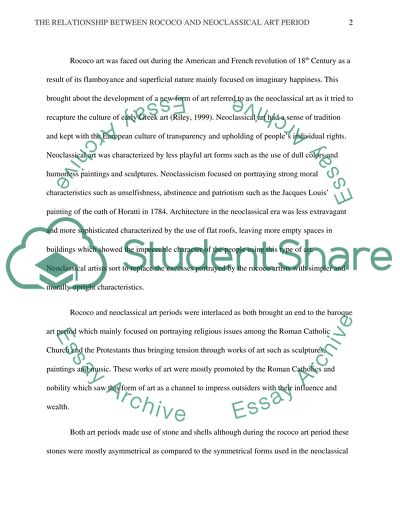Cite this document
(“The Relationship Between Rococo and Neoclasical Art Period Essay”, n.d.)
Retrieved from https://studentshare.org/literature/1433590-the-relationship-between-rococo-and-neoclasical
Retrieved from https://studentshare.org/literature/1433590-the-relationship-between-rococo-and-neoclasical
(The Relationship Between Rococo and Neoclasical Art Period Essay)
https://studentshare.org/literature/1433590-the-relationship-between-rococo-and-neoclasical.
https://studentshare.org/literature/1433590-the-relationship-between-rococo-and-neoclasical.
“The Relationship Between Rococo and Neoclasical Art Period Essay”, n.d. https://studentshare.org/literature/1433590-the-relationship-between-rococo-and-neoclasical.


